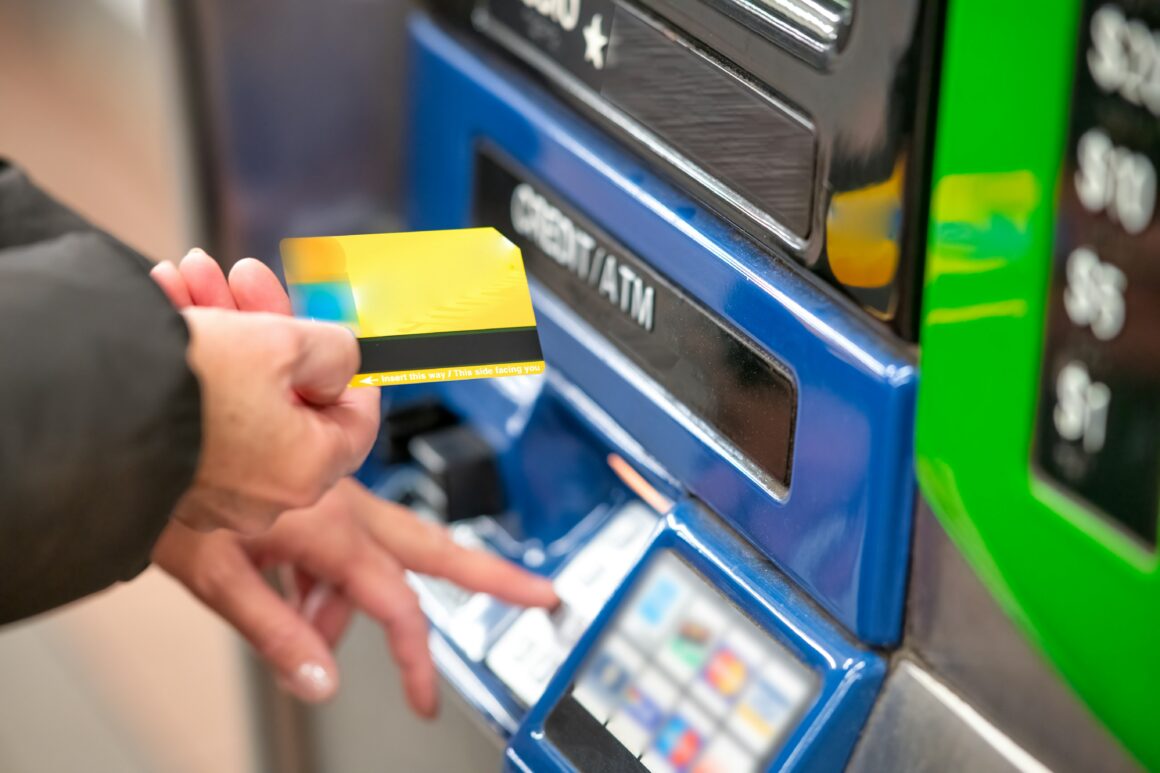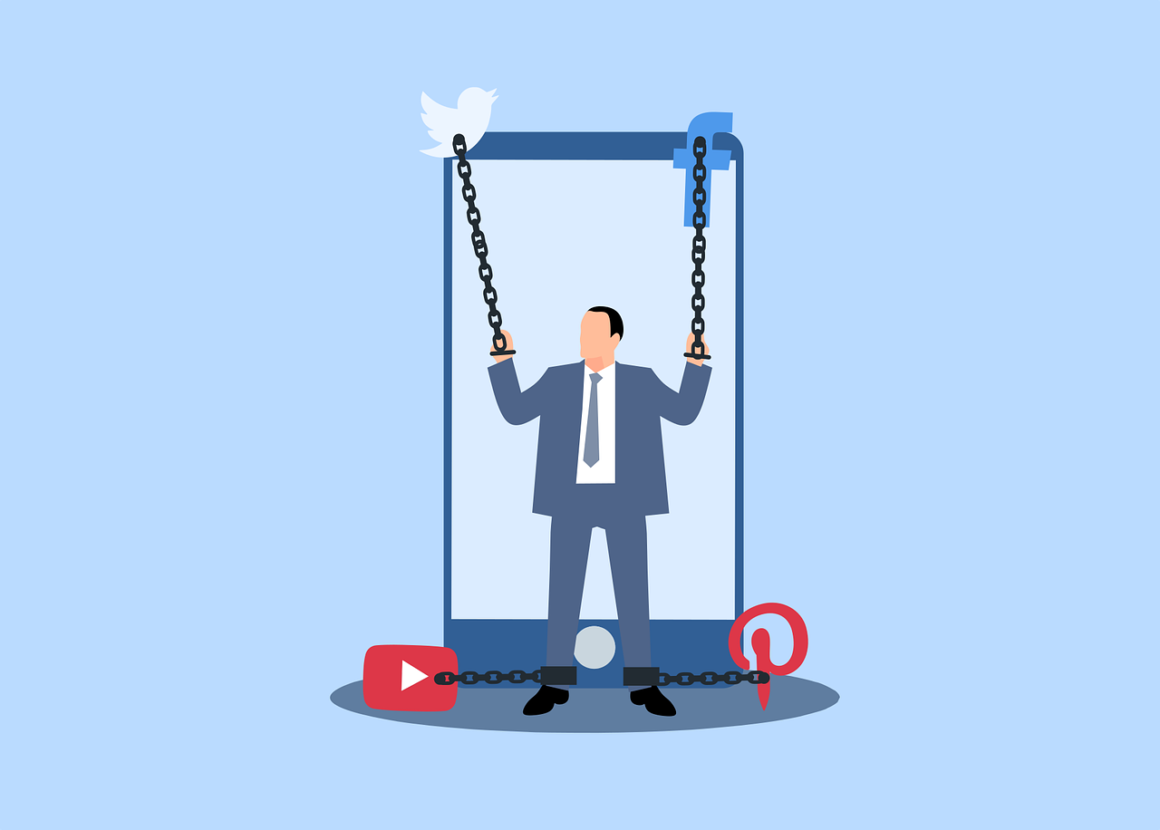Does loss of life have a color? A certain bank account? A value based upon intelligence or access? Has our world reached a place wherein disaster relief and aid is just as polarizing as every other evidence of racial and socioeconomic divide?
For the past week, the United States has effortlessly focused their time and energy in preparing the east coast for the impact of Hurricane Florence. Mandatory evacuations, taking effect in the Carolinas and parts of Virginia, have been put in place, ordering up to 1.7 million people to leave coastal parts of the state in order to secure their safety. These evacuations are said to have saved thousands of lives, especially in places where rainfall is said to reach a total of 40 inches. Relief foundations, like The American Red Cross, AmeriCares, and GlobalGiving, have already begun fundraising and volunteering to help victims of the “storm of a lifetime.”
The country was prepared when the storm made landfall in Wrightsville Beach, NC this morning. In simple terms, America has successfully arranged their defenses for Hurricane Florence and its collateral damage. What unnerves me is the selective process in which America decides to help its citizens in any natural disaster. Unlike Hurricane Florence victims, who are mainly citizens of white, middle-class suburbs, minorities have had to essentially fend for themselves in the face of natural disasters.
At this time last year, Hurricane Maria was preparing to make landfall on Puerto Rico, where nearly 3.5 million citizens were bracing for impact. After smacking into the island on September 20, the category five storm tore into the territory, causing up to $95 billion in damages and reportedly causing 64 deaths. After an investigation, the death toll was proved to be a false claim. In reality, about 3,000 citizens had died due to Hurricane Maria’s impact, to which president Donald Trump refused to acknowledge his mistake.
3000 people did not die in the two hurricanes that hit Puerto Rico. When I left the Island, AFTER the storm had hit, they had anywhere from 6 to 18 deaths. As time went by it did not go up by much. Then, a long time later, they started to report really large numbers, like 3000…
— Donald J. Trump (@realDonaldTrump) September 13, 2018
Almost a year after the disaster, Puerto Ricans are just getting their power and running water back. And that $95 billion dollar damage bill? Only $23 billion was directly given to Puerto Rico by U.S. lawmakers to somehow restore their territory. The response to Hurricane Maria was poorly coordinated and failed to help citizens- that people forget-are part of America.
Hurricane Katrina, a category five storm, slammed into southeast New Orleans, home to mostly African-American citizens, on August 29, 2005, resulting in a death toll of 1,836. The city was terribly prepared, only taking precautions worth that of a category 3 hurricane. More than 15 million people were affected by the storm and their lives took a turn for the worst. U.S. agencies faced indecision that only resulted in a failure to prepare the area for impact. While some resources were gathered before Katrina, supplies for the victims was supremely lacking; FEMA reportedly wasted $100 million on unused ice, failed to gather enough medical supplies for victims in the New Orleans Superdome, and threw away $900 million on trailer homes that couldn’t even be used on flood plans, where most victims lived.
Both of these hurricanes ravaged the homes and lives of minorities that only wanted protection and aid from the country they live in. In each case, the U.S. completely failed the victims living in each area. I believe that people caught in Hurricane Florence won’t witness the same devastation that Hurricane Maria and Katrina brought its victims. So in light of these ‘coming together’ soft stories, let us not forget how we’ve failed minorities in previous natural disasters. We don’t deserve to be left fending for our safety in a country that calls themselves protecting all citizens.
Photo by World Vision





Don’t let them forget!
I’m so proud of you. Your research skills and insight on the far reaching disparities that face our nation’s citizens of color are profound. You’re going to make such a difference in this world.